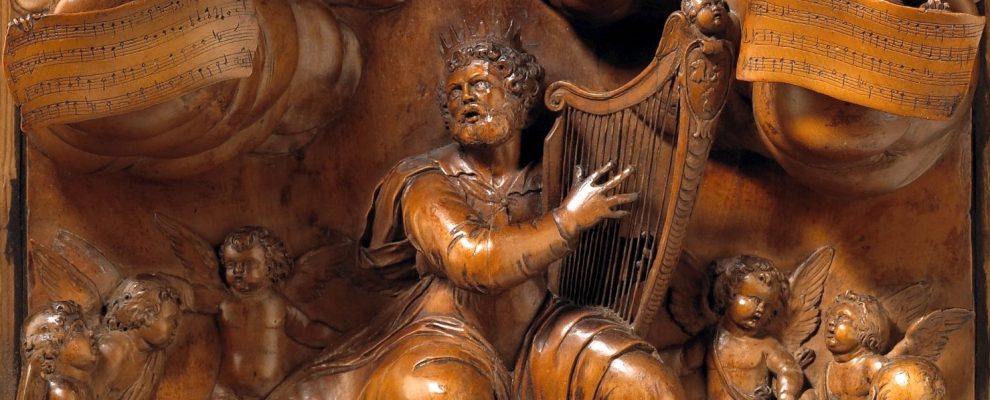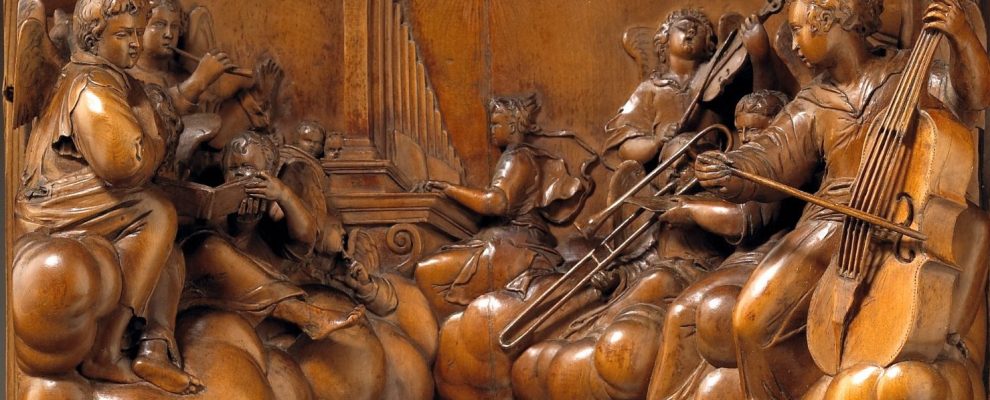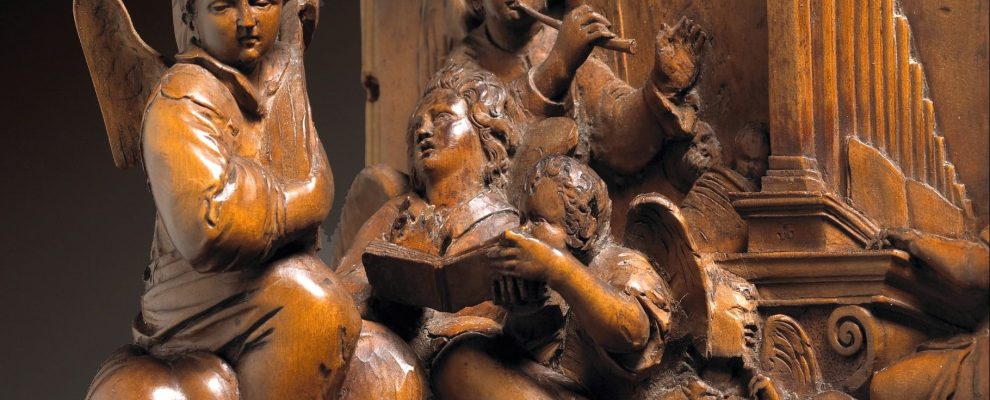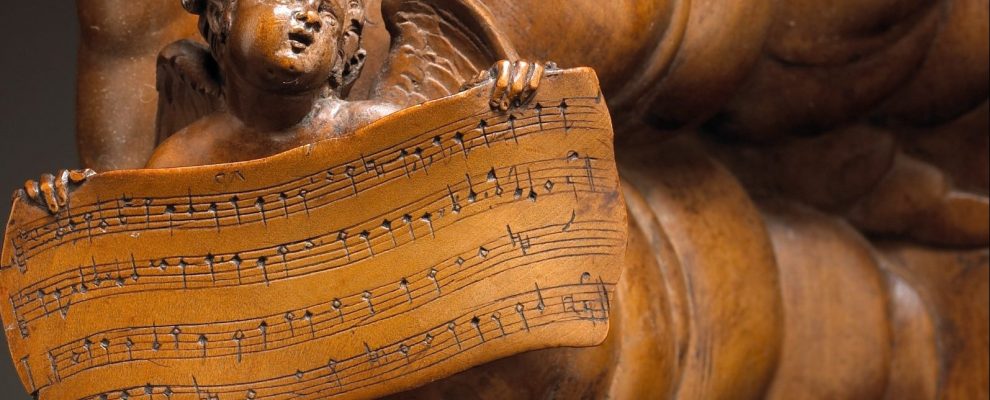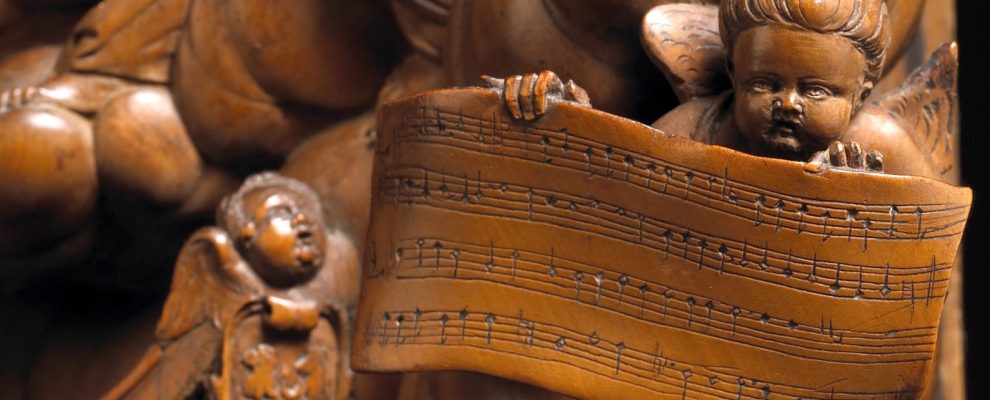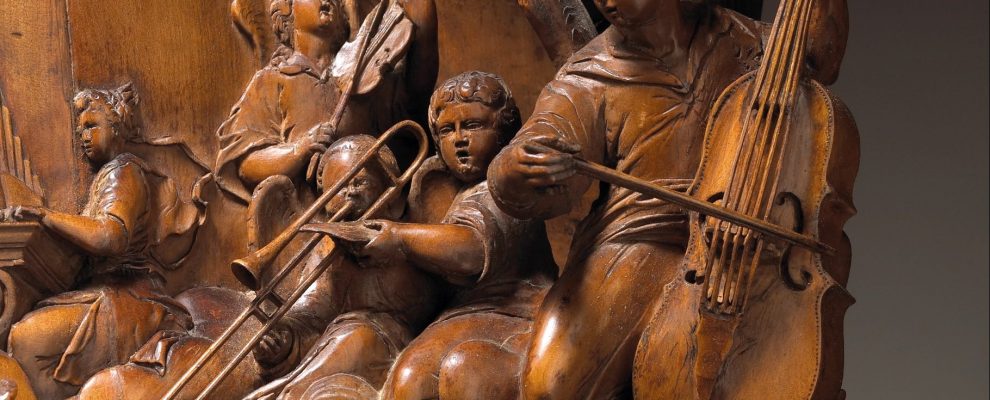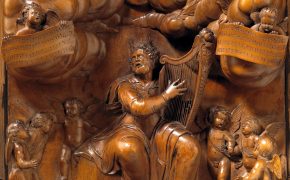The Michelangelo of Wood
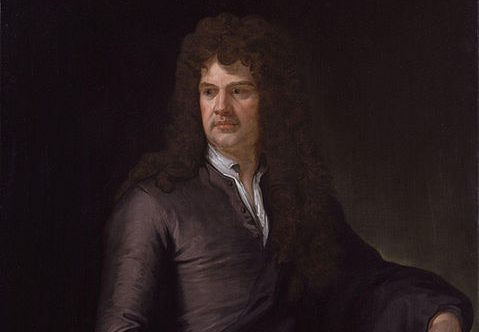
From York Journeyman to ‘The King’s Carver’
Gibbons was born to English parents in Rotterdam on 14 April 1648. His earliest training remains something of a mystery, however, there were two great workshops close to Gibbons’ home to which he may have been apprenticed, either under Artus Quellin (1609-68), or his cousin, Artus Quellin II (1625-1700). Before his twentieth birthday, around 1667 Gibbons moved to England, first settling in York, perhaps through connections in the wool trade. Here Gibbons worked as a journeyman for a period of three years between 1667 and 1671 under the pre-eminent York architect, builder and carver, John Etty (c.1634-1708).
In this burgeoning city Gibbons would have found a vibrant commercial, artistic and intellectual milieu. Indeed, there is also good evidence to suggest he may have been familiar with members of York Virtuosi Society such as Henry Gyles, Martin Lister and Ralph Thoresby. Evidently looking to broaden his horizons and pursue his career Gibbon’s left York in early 1671 and moved to Deptford, though he maintained a good relationship with Etty, and the city of York, throughout his career.
Gibbons’ move to Deptford was undoubtedly linked to employment opportunities for ship’s carvers, though it is clear that Gibbons’ aspirations were of a higher order. It was in Deptford that the diarist John Evelyn (1620-1706) first encountered Gibbons in a ‘poore solitary thatched house in a field’ and upon seeing his copy of The Crucifixion after Tintoretto (1671), now on display at Dunham Massey, Cheshire (National Trust), introduced him to Charles II and other leading patrons. From this point onwards Gibbons grew his practice, which at its height employed as many as fifty assistants and produced an immense outpouring of creative talent and exquisite skill.
Whilst the sculptor’s baroque carvings would ultimately go out of fashion during the Hanoverian period as tastes started to favour the more restrained and austere classical style, his incomparable talent and the immense contribution he made to the artistic scene in England in the period cannot be overstated. Indeed, in recent years this has seen Gibbons justly return to centre stage, first with David Green’s 1964 meticulous study of his life and career, followed in 1989 by Geoffrey Beard’s revealing monograph and culminating in 1998 with the exhibition at the V&A of Grinling Gibbons and the Art of Carving, curated by David Esterly, which presented afresh the sculptor’s unrivalled displays of craftsmanship, which are at once subtle and spectacular.

